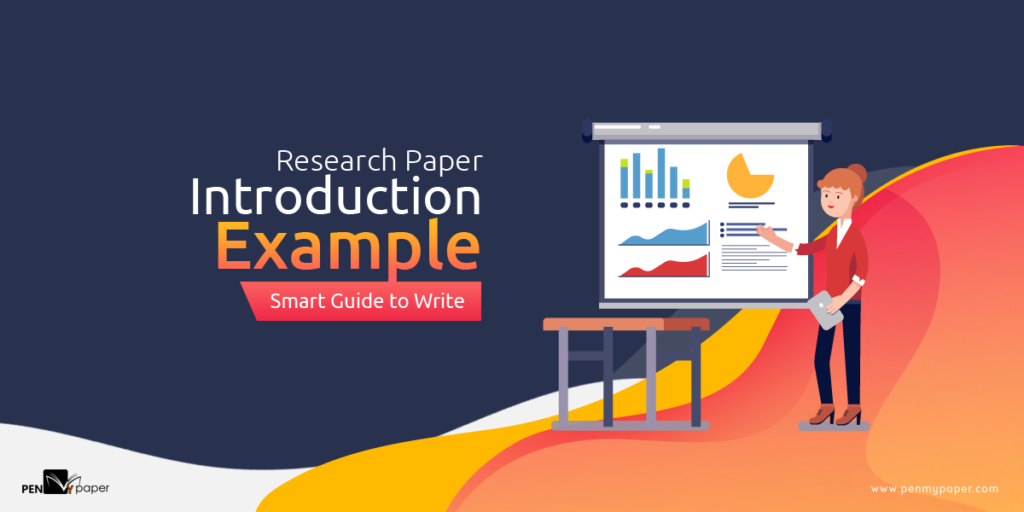Getting published in academic journals can be a challenging and time-consuming process. However, some journals are easier to get into than others, and offer a faster and more efficient way of disseminating your research. One of these journals is the International Peer Reviewed Journals and Books (IPRJB), which publishes papers in various fields of study, such as business, education, engineering, health, humanities, and social sciences. In this article, we will give a brief description of IPRJB and its benefits for researchers, as well as some tips on how to write a successful paper for this journal.

Source: Google
IPRJB is an online journal that aims to provide a platform for researchers from different countries and disciplines to share their knowledge and insights. The journal has a high acceptance rate of around 70%, and a fast review process of about two weeks. The journal also has a low publication fee of $50 per paper, which makes it affordable for authors who have limited funding. Moreover, IPRJB has a high impact factor of 7.8, which means that its papers are widely cited and recognized by the academic community. IPRJB is therefore a great option for researchers who want to publish their work quickly and easily, without compromising on quality and reputation. But how can you write a paper that will impress the editors and reviewers of IPRJB?
Here are some general guidelines that you should follow:
Introduction
The introduction should provide the background and context of your research topic, as well as the main objectives and research questions. You should also include a brief overview of the existing literature on the topic, and highlight the gaps or limitations that your study addresses. Finally, you should state the main contributions and implications of your research for theory and practice. A good introduction should capture the attention and interest of the readers, and make them want to read more. For example, you could start with a surprising fact, a compelling statistic, or a rhetorical question that relates to your topic.

Source: Google
Summary
The summary should summarize the main points and findings of your paper in a concise and clear way. You should restate the main objectives and research questions, the methods and data sources that you used, the results and analysis that you obtained, and the conclusions and recommendations that you derived. You should also mention any limitations or challenges that you faced during your research, and any directions for future research that you suggest. A good summary should give the readers a complete and accurate picture of your paper, without going into too much detail or repeating information.
Conclusion
The conclusion should wrap up your paper by restating the main findings and contributions of your research, and discussing their implications for theory and practice. You should also emphasize the originality and significance of your work, and how it adds value to the existing knowledge on the topic. You should also provide some practical suggestions or recommendations for practitioners, policymakers, or educators who can benefit from your research. A good conclusion should leave the readers with a sense of satisfaction and curiosity, and encourage them to apply or extend your research in their own contexts.
These are some general tips on how to write a paper for IPRJB. However, you should also pay attention to the specific requirements and guidelines of the journal, such as the format, style, length, citation, and referencing rules. You can find more information about these aspects on the journal’s website: https://iprjb.org/. By following these tips and rules, you will increase your chances of getting published in IPRJB, and advancing your academic career.
Easy-to-publish journals, with their simplified submission processes and faster publication timelines, have carved a niche in the academic publishing world, exemplified by IPRJB Journals. While they offer valuable opportunities for researchers to share their work, they also pose challenges related to quality control and academic recognition. The evolving landscape of academic publishing will likely see continued growth in these accessible journals, necessitating ongoing dialogue and evaluation of their role in the scholarly ecosystem. How these journals strike a balance between ease of publication and maintaining academic rigor will shape the future of scholarly communication.

